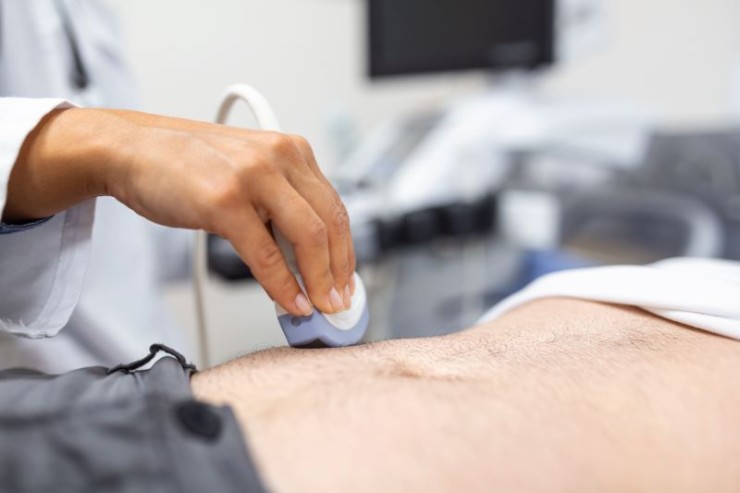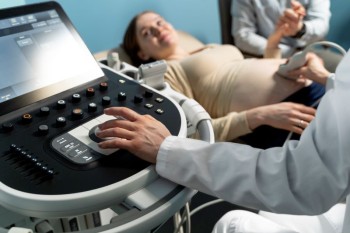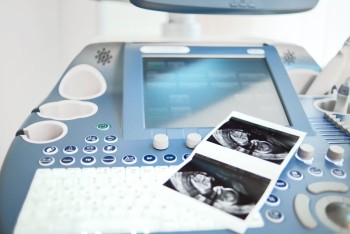
USG KUB is conducted to evaluate the structures within the urinary system.
Ultrasound / USG KUB Scan in India with Cost
USG KUB Scan in Detail
A USG KUB (Kidneys, Ureters, and Bladder) scan is a
non-invasive diagnostic imaging procedure that utilizes ultrasound technology
to visualize and assess the kidneys, ureters, and bladder. This comprehensive
guide aims to provide insights into the purpose, procedure, and significance of
USG KUB, offering a detailed understanding of its role in evaluating the
urinary system.
Understanding USG KUB
Purpose of the Scan
USG KUB is conducted to evaluate the structures
within the urinary system. It helps identify abnormalities, stones, tumors, or
any other conditions affecting the kidneys, ureters, and bladder. Common
indications include pain, blood in urine, or urinary tract infections.
How USG KUB Works
The procedure involves the use of high-frequency
sound waves to create images of the urinary system's internal structures. These
sound waves bounce off the organs, and the echoes are transformed into
real-time images displayed on a monitor.
Advantages of USG KUB
Non-Invasiveness
One of the key advantages of USG KUB is its
non-invasive nature. Patients undergo the procedure without exposure to
ionizing radiation or the need for contrast agents, resulting in minimal
discomfort.
Real-Time
Imaging
USG
provides immediate, real-time images, allowing healthcare professionals to
observe the movement and functionality of the kidneys, ureters, and bladder
during the scan. This dynamic imaging is crucial for accurate assessments.
Preparing for a USG KUB
Hydration
Drinking water before the scan is often recommended
to ensure a full bladder, which aids in obtaining clear images of the urinary
system.
Comfortable
Attire
Patients
are advised to wear comfortable clothing, as they may need to lie on an
examination table during the procedure.
The USG KUB Procedure
Patient Positioning
Patients typically lie on their back on an
examination table. The sonographer applies a water-based gel to the abdominal
area to facilitate the transmission of sound waves.
Transducer
Movements
The
ultrasound transducer is moved across the abdomen, capturing images of the
kidneys, ureters, and bladder. The sonographer may use different angles to
obtain comprehensive views of the urinary system.
Image
Interpretation
The
real-time images are interpreted by a radiologist or sonographer. They assess
the size, shape, and internal structures of the kidneys, ureters, and bladder,
looking for any abnormalities or signs of pathology.
Applications of USG KUB
Kidney Evaluation
USG KUB is particularly effective in assessing the
kidneys, helping detect conditions such as kidney stones, cysts, or tumors.
Ureter
and Bladder Assessment
The
procedure provides valuable information about the ureters, checking for
obstructions or abnormalities. It also assesses the bladder for signs of
inflammation, tumors, or other issues.
Considerations and Limitations
Limited Visualization of Stones
While USG is excellent for detecting larger kidney
stones, smaller stones may be challenging to visualize. In such cases,
additional imaging modalities like CT scans may be recommended.
Operator
Skill Dependency
The
quality of the images can depend on the operator's skill and experience.
However, advancements in technology have minimized this limitation.
Conclusion
In
conclusion, USG KUB is a valuable and widely used imaging technique for
evaluating the kidneys, ureters, and bladder. Its non-invasive nature,
real-time imaging capabilities, and broad applications make it an essential
tool in diagnosing urinary system disorders.
Frequently Asked Questions (FAQs) about Ultrasound / USG KUB
Q: What
is a USG KUB scan?
A: USG
KUB stands for Ultrasound Kidneys, Ureters, and Bladder. It is a non-invasive
imaging procedure that uses high-frequency sound waves to visualize and assess
the structures of the urinary system.
Q: Why
is a USG KUB performed?
A: A
USG KUB is performed to evaluate the kidneys, ureters, and bladder for various
conditions such as kidney stones, tumors, cysts, or other abnormalities. It is
commonly used when patients experience symptoms like abdominal pain, blood in
urine, or urinary tract infections.
Q: Is
USG KUB a painful procedure?
A: No,
USG KUB is a non-invasive and painless procedure. It involves the use of sound
waves, and patients typically experience minimal discomfort.
Q: Are
there any preparations required before a USG KUB?
A:
Patients are usually advised to drink water before the scan to ensure a full
bladder, which aids in obtaining clear images. Wearing comfortable clothing is
recommended for ease during the procedure.
Q: How
long does a USG KUB scan take?
A: The
duration of the scan may vary, but on average, a USG KUB takes approximately 30
minutes. The actual time may depend on factors such as the patient's anatomy
and the complexity of the examination.
Q: Can
USG KUB detect kidney stones?
A: Yes,
USG KUB is effective in detecting kidney stones. It provides real-time images,
allowing healthcare professionals to visualize the size, location, and
composition of kidney stones.
Q: Are
there any risks associated with USG KUB?
A: USG
KUB is considered a safe procedure with minimal risks. It does not involve
ionizing radiation or the use of contrast agents, making it a preferred choice
for evaluating the urinary system.
Q: Can
USG KUB be performed on pregnant women?
A: Yes,
USG KUB is generally considered safe for pregnant women since it does not
involve ionizing radiation. However, healthcare providers may consider
alternative imaging methods if possible to minimize any potential risks.
Q: How
often can a person undergo USG KUB?
A: The
frequency of USG KUB scans depends on the individual's medical condition and
the recommendation of healthcare providers. It is typically performed as needed
based on symptoms or specific health concerns.
Q: Can
USG KUB detect bladder abnormalities?
A: Yes,
USG KUB can detect bladder abnormalities such as inflammation, tumors, or other
issues. It provides valuable insights into the structure and condition of the
bladder.
(0)
Login to continue



